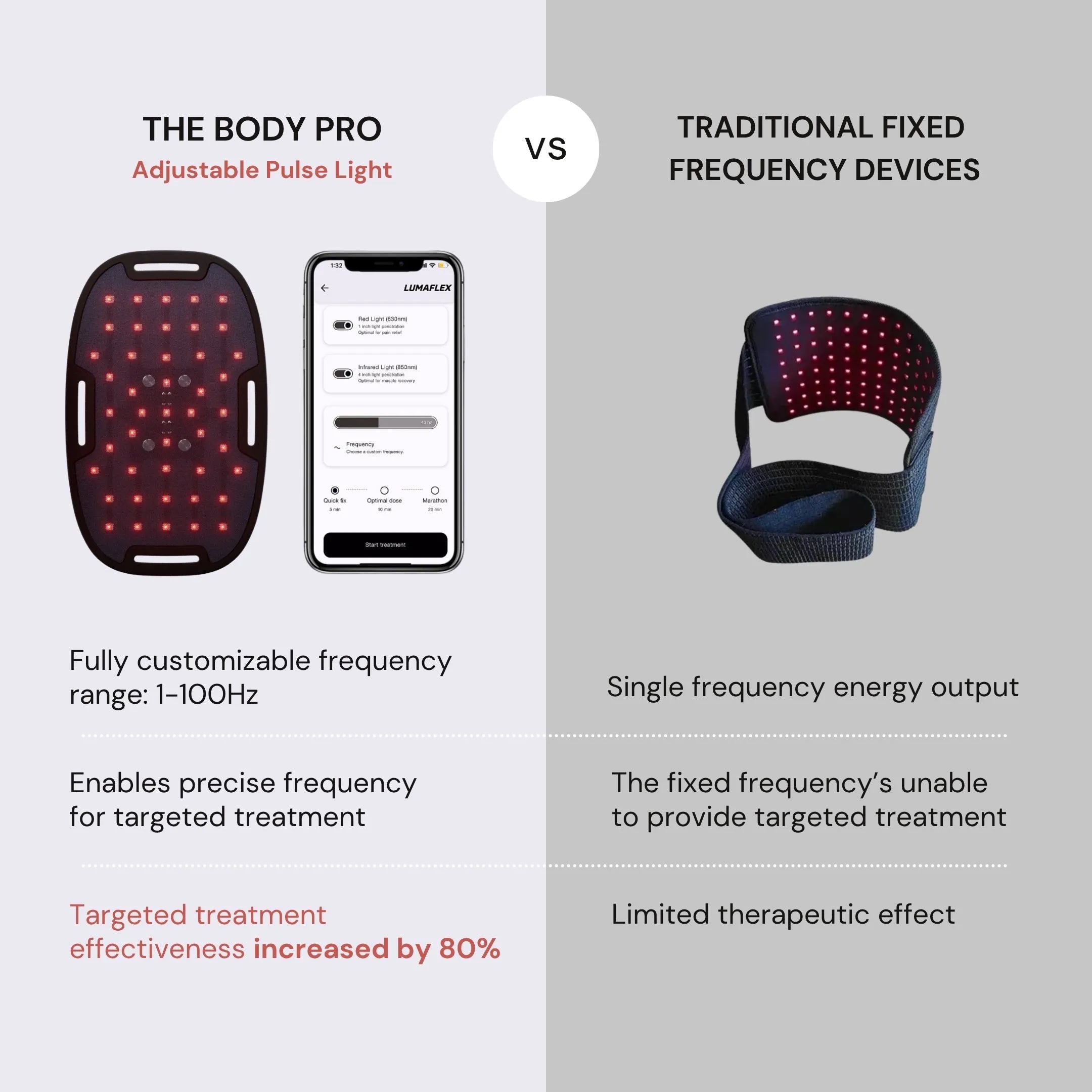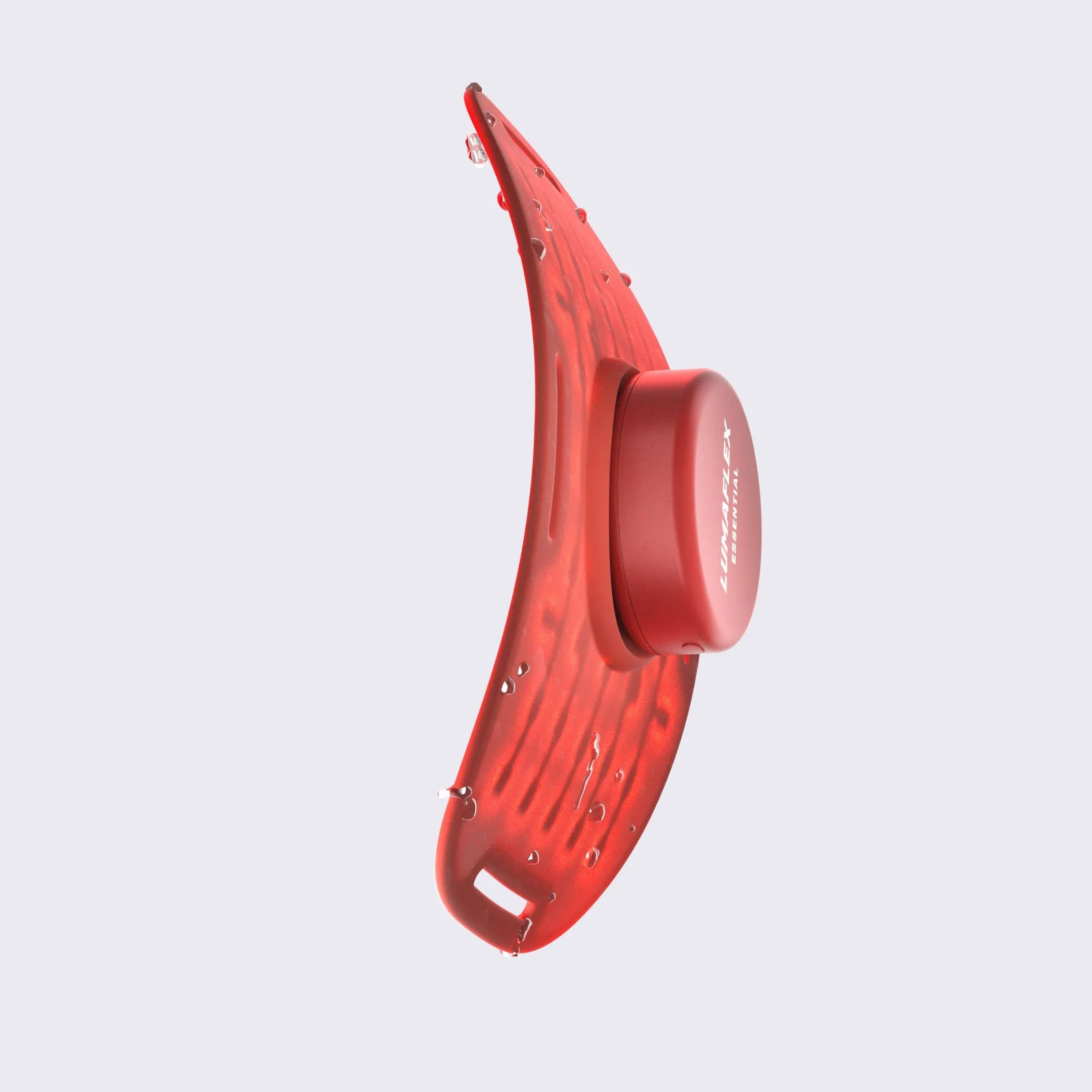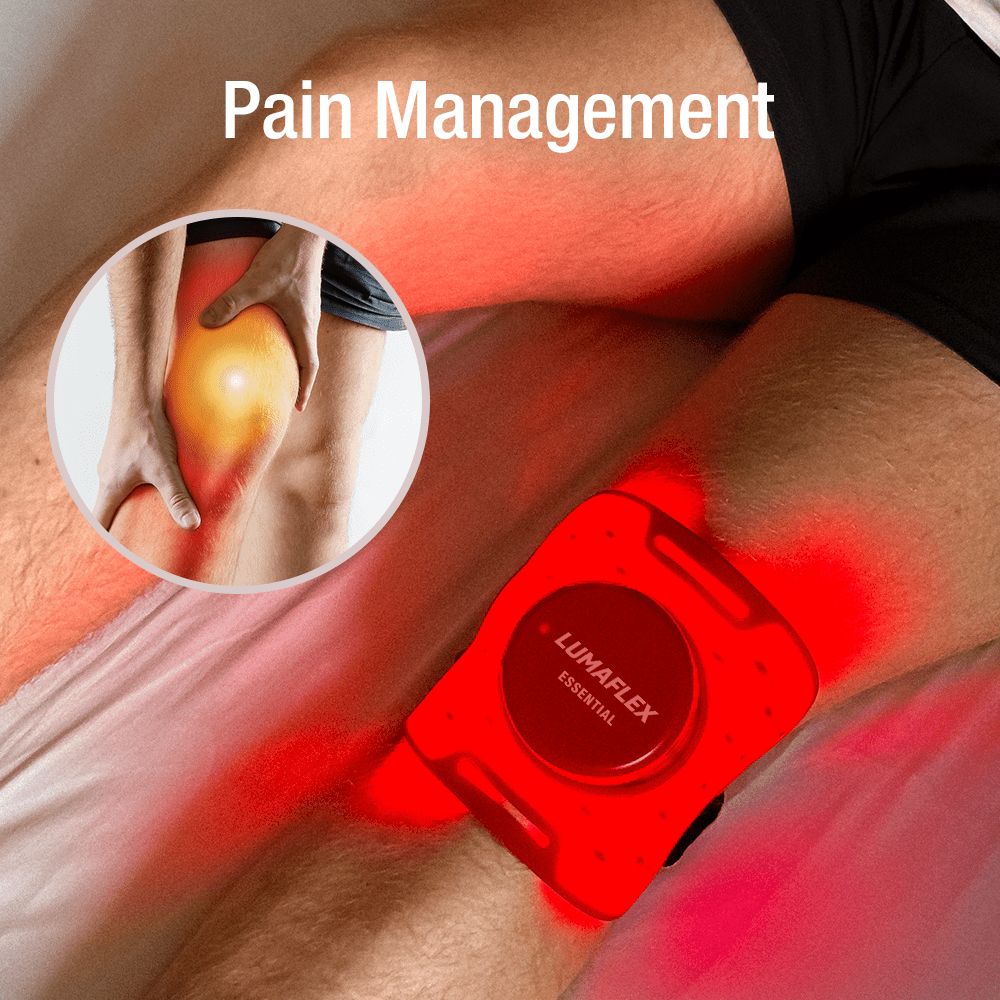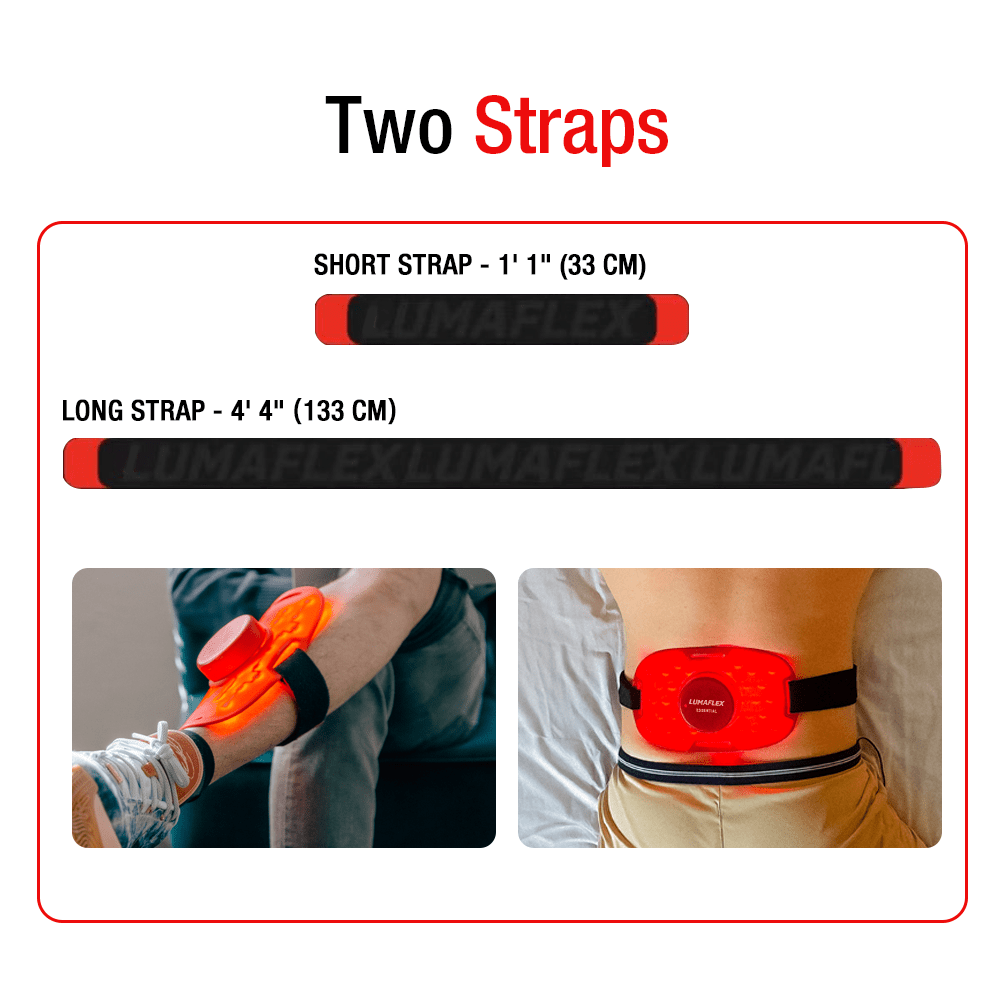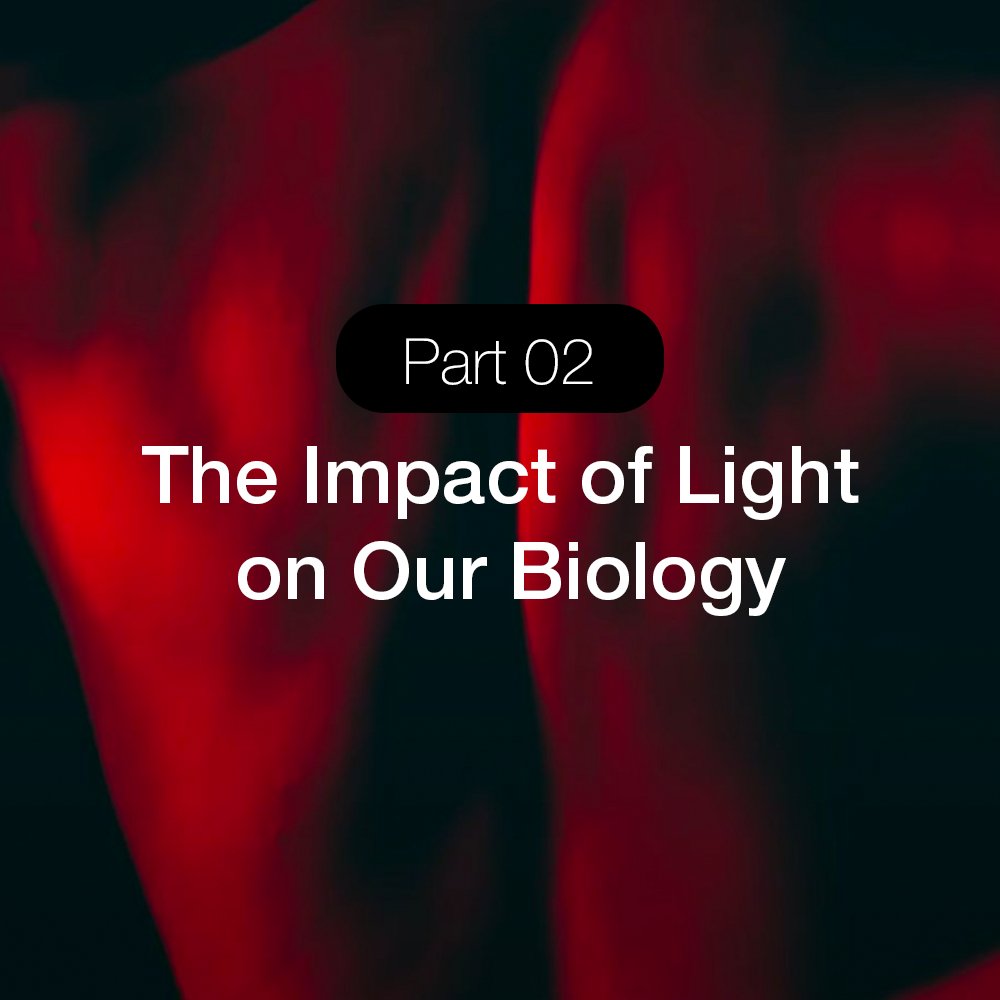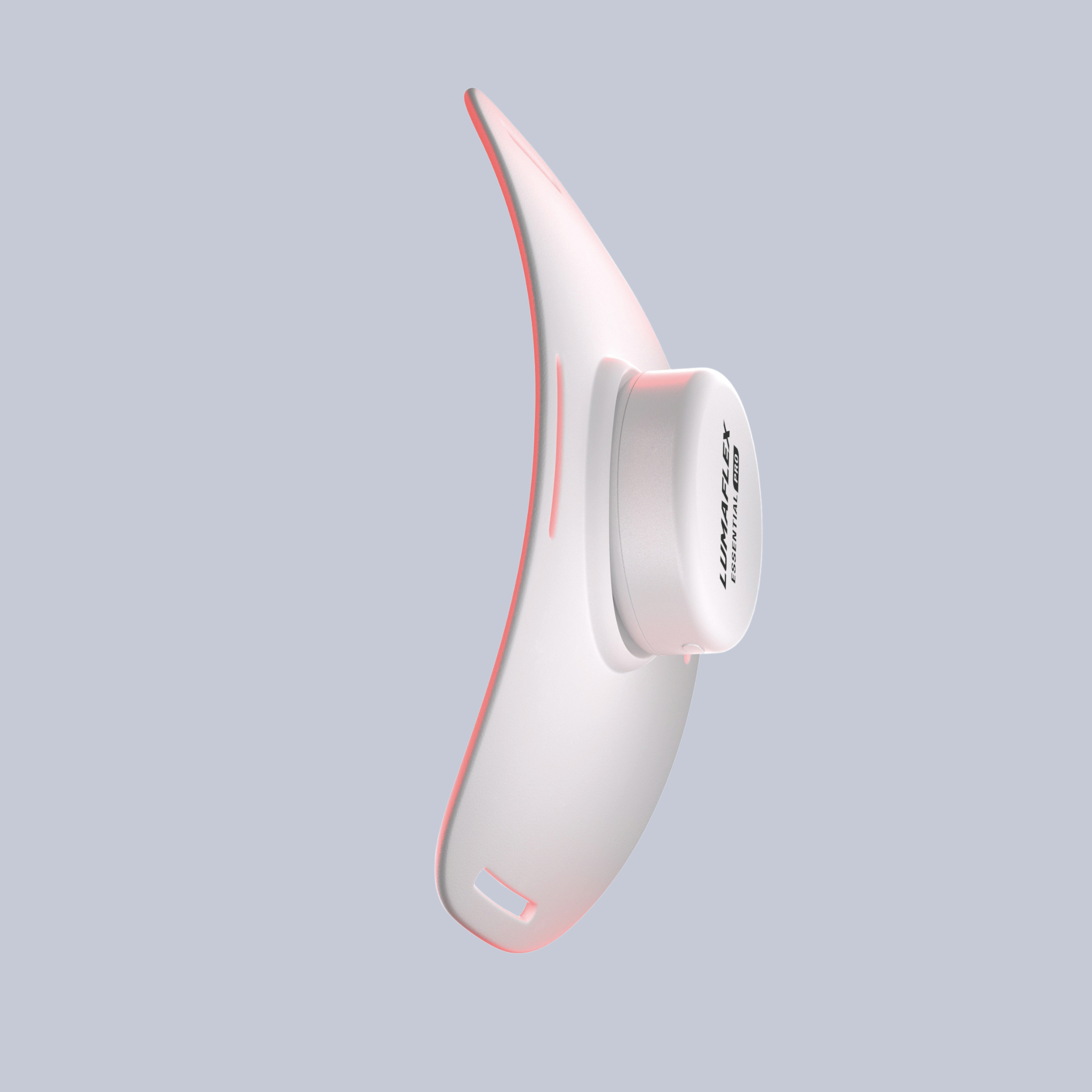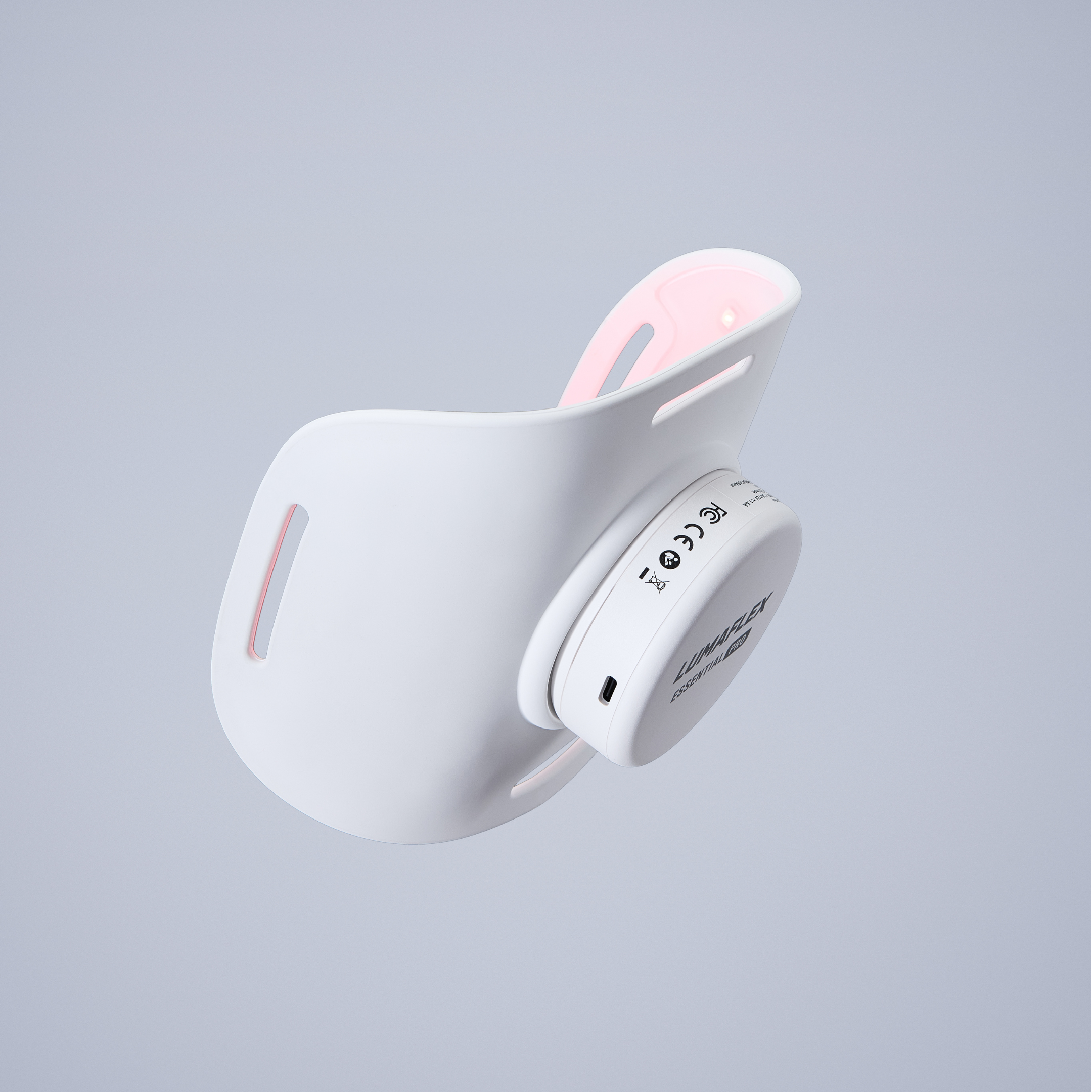What is Biohacking Diet? Why 80% of Health Enthusiasts Are Ditching Traditional Diets

Is it Time to Ditch Traditional Diets?
What is biohacking diet? It’s the concept of hacking your body's biological systems through strategic nutrition, just like optimizing a complex computer system. By fine-tuning your diet based on data and individual biomarkers, you can unlock better energy, sharper focus, faster recovery, and overall improved performance. This idea has captivated health and fitness enthusiasts eager to go beyond traditional approaches.
Traditional diets often follow a one-size-fits-all model, offering generic advice that may not suit everyone's unique biology. But biohacking diets aim to personalize nutrition, leveraging technology, self-experimentation, and biomarker tracking to optimize health on an individual level. Research suggests that personalized nutrition can improve health outcomes by up to 30% compared to generic dietary approaches. It's a systematic, science-backed approach designed to maximize your body's potential.
In this article, we'll delve into what a biohacking diet truly involves, how it differs from conventional diets, and why it’s rapidly becoming a powerful tool for health enthusiasts. Whether you're just starting or looking to refine your strategy, you'll learn practical insights to elevate your nutrition and overall well-being.
What is Biohacking Diet: The Science of Nutritional Optimization
A biohacking diet is a systematic and science-driven approach to optimizing nutrition. It revolves around making data-informed food choices and timing, tailored to each individual’s unique biology. By leveraging technology such as biomarker testing and continuous monitoring, this approach personalizes dietary strategies based on key health indicators. Instead of generic meal plans, biohackers analyze their body's responses to various foods, adjusting accordingly to enhance cellular function, hormone balance, and overall performance. This integration of traditional nutrition principles with cutting-edge technology allows for precise manipulation of diet to achieve specific health and performance goals.
Dr. Melissa Young, a functional medicine specialist, explains: 'Medicine is progressing all the time. We'll see the outcome of this in the future, but I think as well, most people, or so many people, are not doing the basic sort of things they can do to optimize their health for themselves. Starting with simplicity, an overnight fast, 12- to 14-hour intermittent fast, and choosing the right foods, as we said, to optimize your genetics and optimizing your sleep — these are things that I think people should be focusing on, that we know generally are very safe and probably have quite a bit of benefit as we're learning more and more.'
Key Principles
- Self-experimentation and tracking: Regularly testing and monitoring various biomarkers to understand individual responses.
- Biomarker monitoring and analysis: Using blood tests, glucose levels, inflammation markers, and others to guide dietary adjustments.
- Nutrient timing and optimization: Consuming specific foods at strategic times to maximize energy, hormone balance, and recovery.
- Elimination of inflammatory foods: Removing foods that trigger inflammation or sensitivity to reduce systemic stress.
- Micronutrient density focus: Ensuring intake of essential vitamins and minerals to prevent deficiencies.
- Metabolic flexibility enhancement: Improving the body's ability to switch efficiently between burning carbs and fats as fuel.
Popular Biohacking Diet Methods and Frameworks

Intermittent Fasting Protocols
Intermittent fasting (IF) adoption has grown 300% among health enthusiasts, making it one of the most popular biohacking approaches. IF involves alternating periods of eating with fasting, with popular protocols like 16:8, 18:6, and OMAD (One Meal A Day).
Benefits include promoting autophagy and cellular repair, which help clear damaged cells and boost longevity. It also enhances metabolic flexibility by improving the body's ability to switch between using carbs and fats for fuel. Tracking fasting windows, blood glucose, ketone levels, and other biomarkers helps optimize these protocols for individual results.
Ketogenic and Low-Carb Optimization
Ketogenic and low-carb diets aim to induce targeted ketosis, where the body shifts to burning fat for fuel, enhancing cognitive performance and mental clarity. Cyclical ketogenic approaches involve alternating periods of strict ketosis with higher-carb days to support muscle glycogen and prevent metabolic slowdown.
Measuring ketone levels through blood, urine, or breath tracking helps ensure appropriate fat adaptation and ketosis levels. These strategies can be tailored to optimize physical and mental performance, energy stability, and fat loss, making them popular choices for biohackers seeking sustained mental focus and metabolic health.
Elimination and Anti-Inflammatory Diets
Elimination diets focus on identifying and removing foods that trigger sensitivities or inflammation, often using food sensitivity testing to guide eliminations. The Autoimmune Protocol (AIP) emphasizes removing grains, legumes, nuts, and processed foods to reduce systemic inflammation and support immune health.
Tracking inflammatory markers like C-reactive protein (CRP) helps evaluate the diet’s effectiveness. Personalized food tolerance mapping through testing and symptom tracking allows biohackers to tailor their diet, minimizing inflammation and improving gut health, energy, and overall resilience.
Nutrient Timing and Circadian Optimization
Chrono-nutrition principles emphasize aligning food intake with the body’s natural circadian rhythms to enhance metabolism, energy, and recovery. Consuming carbohydrates and proteins around workouts, pre- and post-exercise, maximizes muscle repair and glycogen replenishment.
Nutrient timing, the strategic consumption of macronutrients around exercise, has gained attention for its potential to enhance athletic performance and recovery. Research indicates that proper nutrient timing can improve strength, lean body mass, and exercise adaptation without altering caloric intake or training programs (Munteanu et al., 2014; Ivy & Ferguson-Stegall, 2014).
Carbohydrate intake aligned with training schedules can maximize glycogen stores and aid in rapid recovery, especially when combined with caffeine (Kerksick et al., 2017). Post-exercise protein consumption stimulates muscle protein synthesis, with 20-40g of high-quality protein every 3-4 hours showing favorable outcomes.
Additionally, consuming casein protein before sleep can increase overnight muscle protein synthesis. While athletes show interest in chrono-nutrition, misconceptions persist, such as overemphasizing protein for recovery (Guntoju & Pramod, 2024). Overall, nutrient timing strategies can significantly impact performance, recovery, and training adaptations in athletes.
Technology and Tools for Diet Biohacking

Biomarker Testing and Monitoring
With 80% of biohackers using some form of biomarker testing, data-driven nutrition has become the cornerstone of effective dietary optimization. A biohacking diet relies on precise biomarker tracking to personalize nutrition. Blood panels and micronutrient testing reveal deficiencies or imbalances, while continuous glucose monitoring (CGM) tracks real-time metabolic responses to food.
Hormone panels optimize thyroid, cortisol, and sex hormones for energy and recovery. Gut microbiome analysis identifies bacterial imbalances, enabling targeted probiotics or prebiotics to improve digestion and immunity. These tools create a data-driven roadmap for optimal health and performance.
Biomarkers play a crucial role in understanding nutritional status and health conditions, particularly in cases of chronic fatigue and micronutrient deficiencies. Thurnham and Northrop-Clewes (2016) highlight that inflammation can complicate the interpretation of nutritional biomarkers, emphasizing the need for careful analysis in clinical settings. Allen et al. (2018) focus on vitamin B12, noting its high prevalence of insufficiency in populations with low animal-source food intake, which can be detected through serum biomarkers.
Together, these studies underscore the importance of biomarkers in diagnosing and addressing nutritional and health issues.
Tracking Apps and Wearables
Nutrition tracking apps (e.g., MyFitnessPal, Cronometer) enable precise macro optimization, ensuring balanced protein, fat, and carb intake for individual goals. Wearable devices (e.g., Oura Ring, WHOOP) monitor metabolic health, tracking metrics like resting metabolic rate and activity levels. These tools also correlate sleep and recovery with dietary patterns, highlighting how meal timing and composition affect rest quality.
Additionally, heart rate variability (HRV) data reveals how nutrition impacts stress resilience and autonomic nervous system balance. By integrating these technologies, biohackers fine-tune their diets for peak performance, recovery, and metabolic efficiency.
Emerging Biohacking Technologies
Red light therapy enhances mitochondrial function and metabolic efficiency, while cold therapy (e.g., cryotherapy) upregulates heat shock proteins for cellular repair and longevity. Integrating breath work (like nasal breathing or CO₂ tolerance drills) with diet optimizes oxygenation and stress resilience.
Supplement timing (e.g., taking magnesium at night or fasted caffeine) aligns with circadian biology for amplified effects. Light exposure strategies (blue light blocking, morning sunlight) sync meal timing with circadian rhythms to improve digestion and energy. These cutting-edge tools bridge ancient wisdom and modern science for precision health optimization.
How to Start Your Biohacking Diet Journey
Phase 1: Baseline Assessment
The first phase involves comprehensive biomarker testing. This includes blood panels, micronutrient levels, and hormone profiles to establish a health baseline. Keeping a detailed food diary and symptom tracker helps identify dietary triggers and patterns affecting well-being. Assessing energy levels, physical performance, and recovery provides insight into metabolic efficiency.
Sleep quality and mood assessments reveal their impact on daily functioning. Analyzing the current diet uncovers nutritional gaps and areas for optimization. This foundational data guides personalized strategies, setting measurable goals for ongoing biohacking efforts, ensuring interventions are targeted and effective from the outset.
Case Study: Sarah's Energy Transformation Sarah, a 34-year-old marketing executive, struggled with afternoon energy crashes despite eating what she considered a 'healthy' diet. Her initial biomarker testing revealed prediabetic glucose levels and low vitamin D. By implementing a 16:8 intermittent fasting protocol and timing her carbohydrate intake around her workouts, Sarah's continuous glucose monitor showed stabilized blood sugar levels. Within 8 weeks, she reported eliminating her 3 PM energy crashes and improving her focus during important meetings.
Phase 2: Systematic Experimentation
This phase employs a single-variable testing approach, changing one factor at a time. This may use meal timing, supplements, or sleep routines to isolate effects. Applying minimum effective dose principles ensures interventions are safe and efficient, avoiding overuse or unnecessary complexity.
Consistent tracking protocols, like journaling symptoms, biomarker updates, and performance metrics, facilitate accurate data collection. A structured timeline (typically 2-4 weeks per change) helps assess true impacts.
Consistent tracking protocols are crucial for accurate data collection in biomarker and symptom monitoring. Multi-site studies have demonstrated the importance of standardized procedures for acquiring high-quality biomarker data, including video tracking, EEG, and eye tracking (Webb et al., 2020). Digital biomarkers, such as wearables and digitalized functional tests, offer opportunities for more frequent and real-life data collection in conditions like multiple sclerosis (Dillenseger et al., 2021).
Longitudinal studies, like the Acute to Chronic Pain Signatures program, utilize standardized protocols to assess various biomarkers over time, typically spanning several months (Berardi et al., 2022). However, maintaining consistent tracking can be challenging. A study on epilepsy patients revealed distinct patterns of seizure diary adherence, with consistent trackers showing lower seizure rates (Miller et al., 2024). These findings highlight the need for improved tracking adherence to ensure accurate data collection and reliable assessment of biohacking impacts.
Phase 3: Integration and Advanced Techniques
In this stage, multiple biohacking methods, such as targeted nutrition, circadian rhythm optimization, and red light therapy are strategically combined to create a comprehensive and well-rounded health strategy. Red light therapy, in particular, supports mitochondrial health, boosts ATP production, and reduces inflammation, making it a valuable tool for enhancing recovery, skin health, sleep quality, and overall metabolic function.
Incorporating seasonal and lifestyle adjustments ensures the approach remains adaptable and sustainable, aligned with both environmental rhythms and personal shifts. Advanced supplementation protocols are continuously refined based on real-time biomarker feedback, allowing for highly personalized and effective interventions.
Finally, leveraging community support and expert guidance helps refine techniques, troubleshoot plateaus, and maintain motivation. This holistic, systems-based approach transforms biohacking from a series of isolated tactics into an integrated framework for sustainable, high-level health and performance.
Benefits and Considerations of Biohacking Diets
Biohacking diets offer numerous advantages, including enhanced cognitive performance and mental clarity, allowing sharper focus and decision-making. They improve energy levels and promote metabolic flexibility, enabling efficient fuel utilization. Studies show that biohackers report a 25% improvement in energy levels on average when following personalized nutrition protocols. These approaches also enhance sleep quality and accelerate recovery, supporting overall vitality.
Additionally, personalized nutrition strategies lead to tailored, effective interventions. This data-driven approach empowers individuals to make informed lifestyle adjustments, resulting in sustained health improvements and optimized performance.
Risks and Precautions
While biohacking diets offer benefits, they also carry risks. Over-optimization can lead to obsessive behaviors, anxiety, or burned-out focus on small details. Ignoring fundamental nutrition principles may cause imbalances or deficiencies. The cost of advanced testing and supplements can be high, making long-term sustainability challenging. Professional guidance is crucial to interpret data correctly and avoid mistakes.
Additionally, individual responses vary widely. What works for one person may not suit another. Without proper caution, biohacking can sometimes result in nutritional deficiencies or adverse health effects. Careful, balanced approaches are essential for safe, effective results.
Conclusion
Biohacking diets center on personalized, data-driven strategies to optimize health, performance, and longevity. By combining evidence-based techniques with individual customization, biohackers can unlock their full potential. It's important to start gradually, experimenting thoughtfully and listening to your body's responses. Patience and consistency are key to achieving lasting benefits.
Embrace the journey of self-optimization with curiosity and caution, continuously refining your approach. Taking small, informed steps now can lead to profound, sustainable improvements in health and well-being. Begin your biohacking journey today and unlock a healthier, more vibrant you.
Curious to find out which biohacking diet you should do? Check out our test below.
1. Is biohacking diet safe for beginners?
Yes, but it’s important to start slowly, prioritize fundamental health principles, and listen to your body's responses. Consulting a healthcare professional is recommended.
2. How much does it cost to start biohacking your diet?
Costs vary widely. Initial investments may include testing, supplements, and equipment, ranging from a few hundred to several thousand dollars, depending on the depth of experimentation.
3. What biomarkers should I test first?
Common initial tests include blood glucose, lipid profile, micronutrient levels, hormones (like cortisol and thyroid), and inflammation markers. Personalization is key.
4. How long does it take to see results from diet biohacking?
Results can vary. Some changes, like energy improvements, may be noticeable within weeks; others, like metabolic health, may take months.
5. Can I biohack my diet without expensive testing?
Absolutely. Many effective strategies, such as timed eating, sleep optimization, and basic food tracking, can be implemented without costly tests.
6. What's the difference between a biohacking diet and regular healthy eating?
Biohacking diets are highly personalized, data-driven, and experimental, often involving specific techniques to optimize function, whereas regular healthy eating emphasizes general nutritional guidelines for wellbeing.
Related Readings
1. NAD IV Before and After—How Red Light Therapy Enhances Results
2. Red Light Therapy for Metabolism: Unlocking the Science of Its Effects on Metabolic Health
3. Holistic Healing: Combining Salt Chambers and Red Light Therapy for Brain Injury
4. Red Light Therapy with IV Therapy: A Revolutionary Skin Treatment
5. The Healing Power of Red Light Therapy Device and Cold Plunge
6. Clinical Trials about Red Light Therapy For Weight Loss







